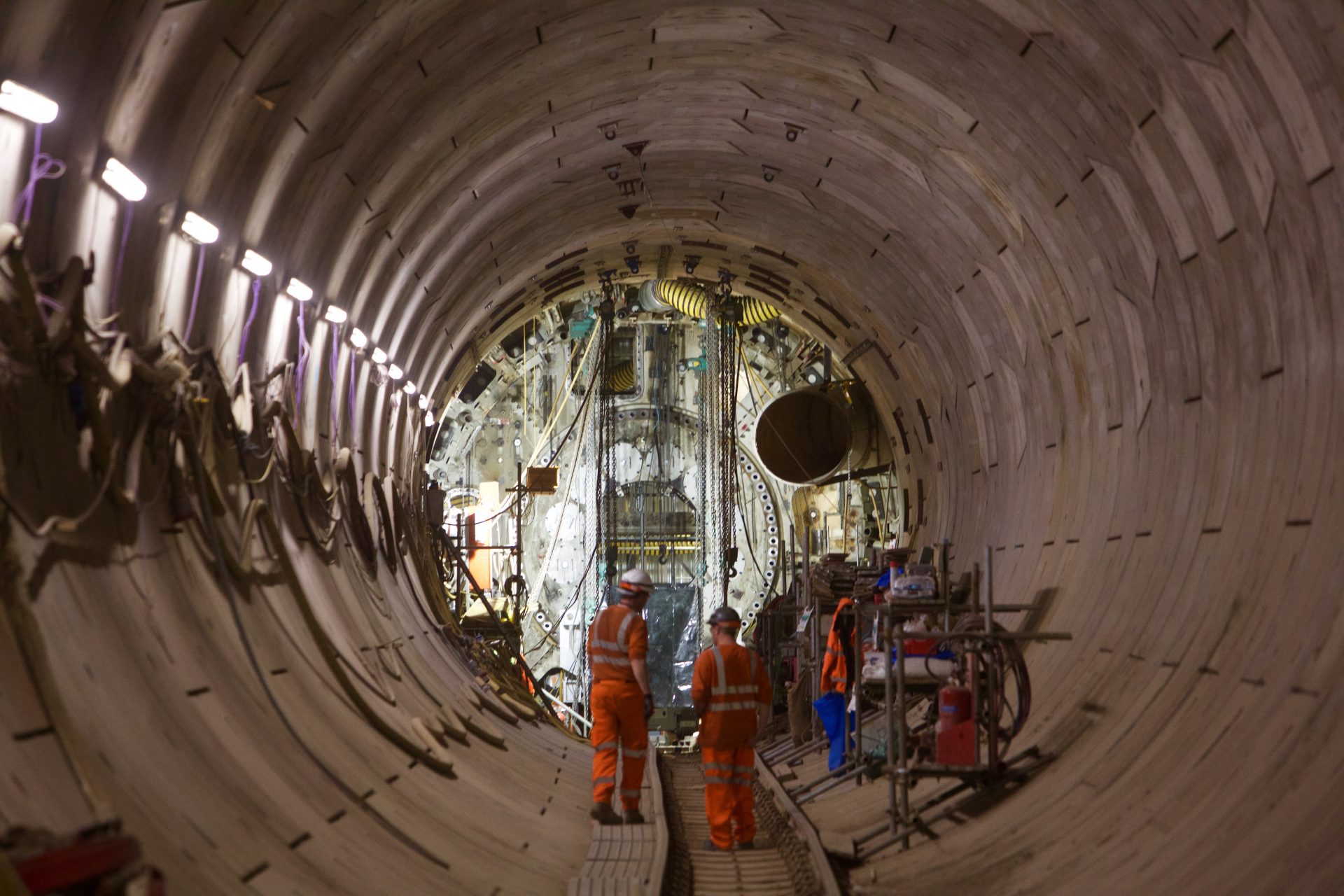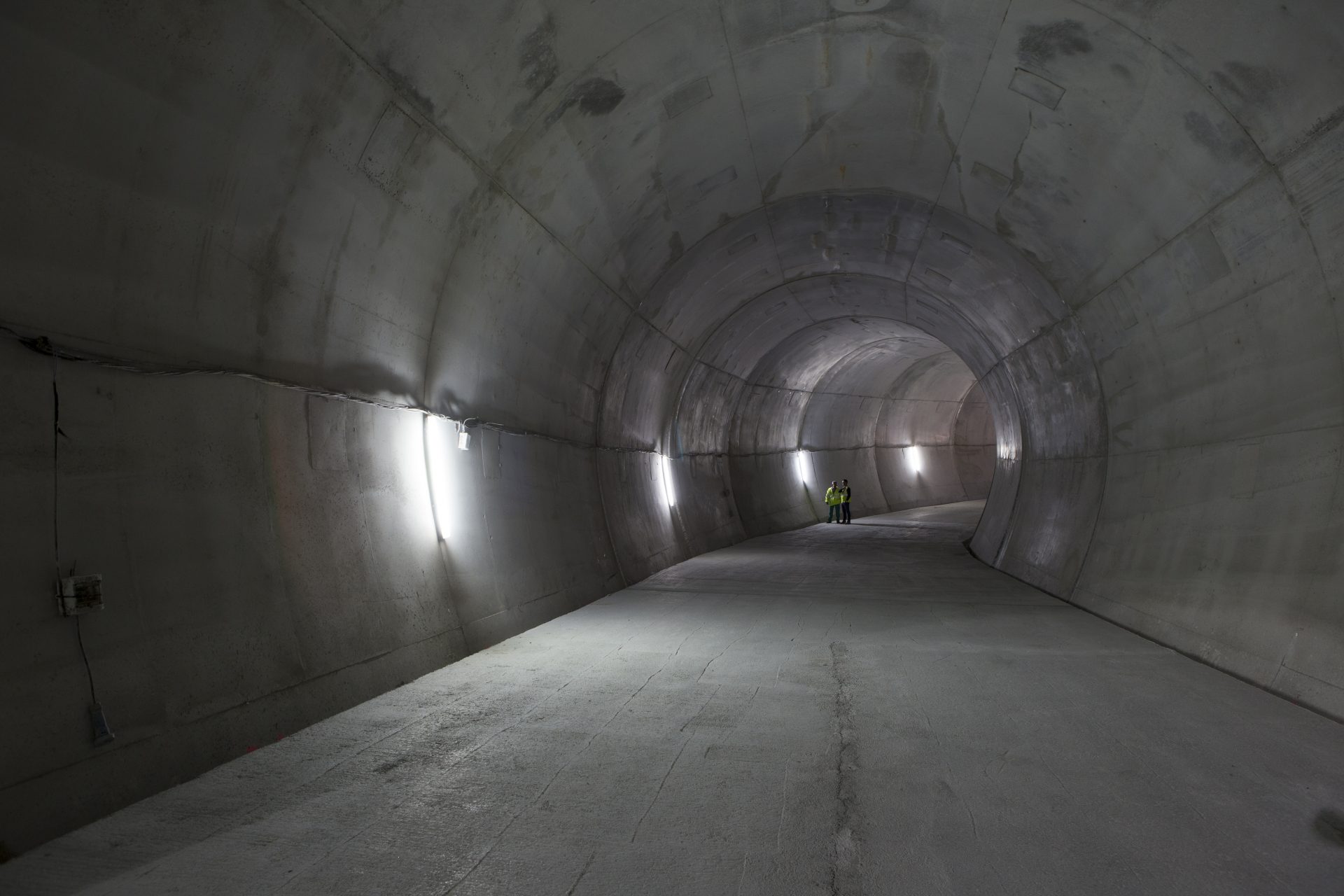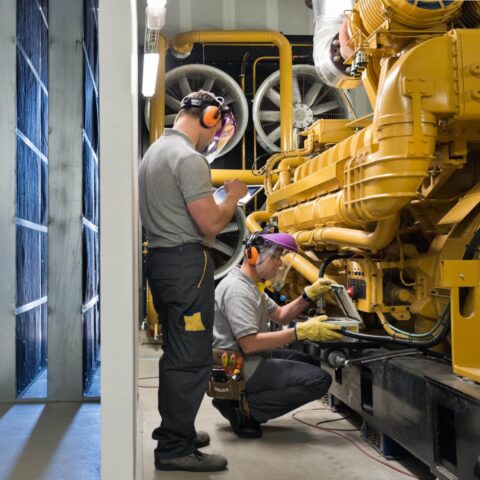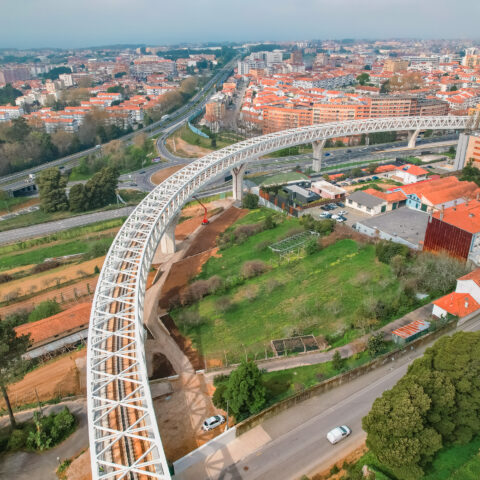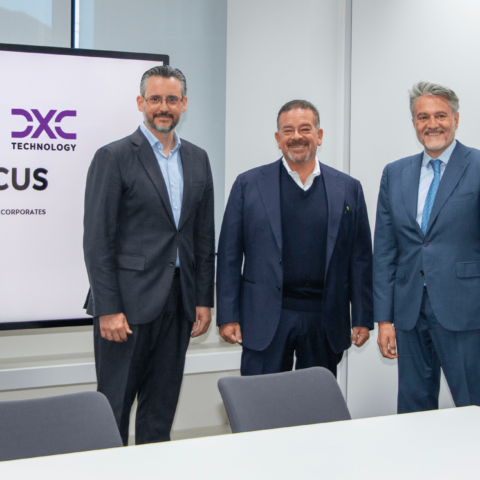1957 saw the opening of the Padornelo Tunnel, which provided a rail connection between Galicia and the Castilian plateau. With a length of almost six kilometres, it is still the longest tunnel in the Spanish conventional network. The execution of this infrastructure was slow and tragic. The project was devised in the late 19th century and had been ruled out on numerous occasions due to its questionable profitability: it crosses the Sanabria region, an area with a complex topography and sparse population auguring a difficult construction and limited passenger numbers. The works finally began in 1932, with more than 4,000 workers taking part, most of them local people. Many of them would die from silicosis, a respiratory disease caused by excessive silica inhalation. So much so that locals know silicosis as “track sickness”.
Twenty metres from this tunnel, Ferrovial is completing the construction of the new Padornelo Tunnel, a crucial infrastructure in the Madrid-Galicia high-speed line. The construction techniques, the technology and the safety measures being applied in this project bear no relation to those employed more than six decades ago. In fact, the new Padornelo Tunnel is an example of Ferrovial’s capabilities in the execution of rail projects as a result of the experience it has built up over the company’s more than 60-year history.
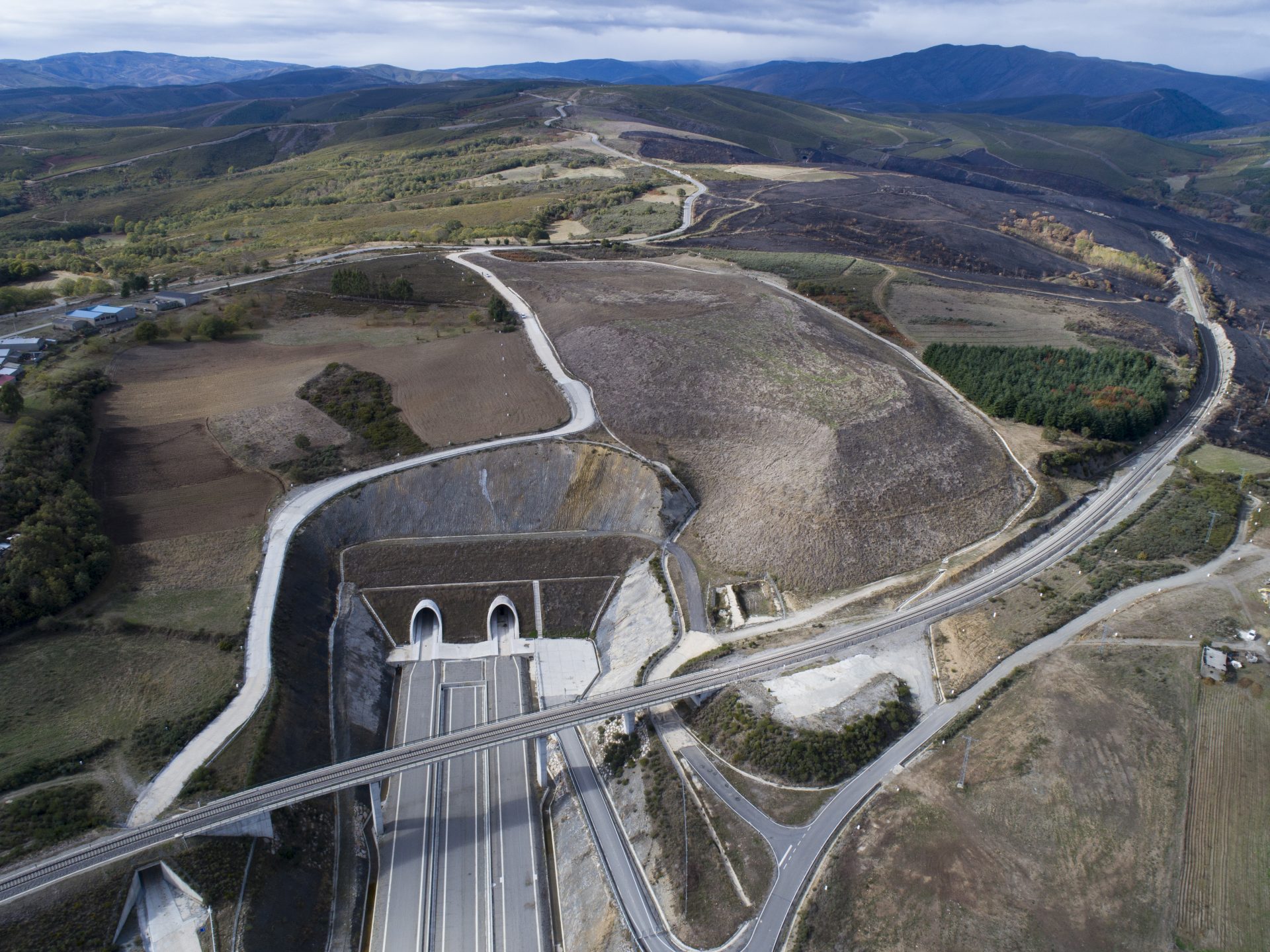
Railway activity was at the very foundation of the company, which began its activity in the early 1950s with a contract for boxing in the wooden sleepers which support the track rails. It would later participate in the creation of some key Spanish railway junctions such as the Las Rozas-Chamartín link in the north of Madrid, which entailed the construction of 30 kilometres of rail tracks in 30 days. In the 1980s it become one of the pioneering companies in the development of Spanish high-speed rail, participating in the execution of the first line of such characteristics, which links Madrid and Seville.
Ferrovial has built 13% of the high-speed network in service in Spain, more than 448 kilometres of infrastructures, including emblematic projects such as the Guadarrama Tunnel which, with its 28-kilometre length, is the longest in Spain and the sixth in Europe.
As well as being a top-tier actor in the construction of railway infrastructures, Ferrovial also undertakes wide-ranging activities in their maintenance. In Spain it is responsible for the conservation of more than 2,600 kilometres of conventional line and 1,670 kilometres of high-speed line. In the United Kingdom, the Ferrovial Servicios subsidiary Amey is in charge of maintaining more than 100,000 rail assets.
These figures situate Ferrovial as a leading enterprise in the railway industry. But the company does not intend to live off its glory and strives every day to offer its customers better services in a clear commitment to innovation, sustainability and the safety of its employees.
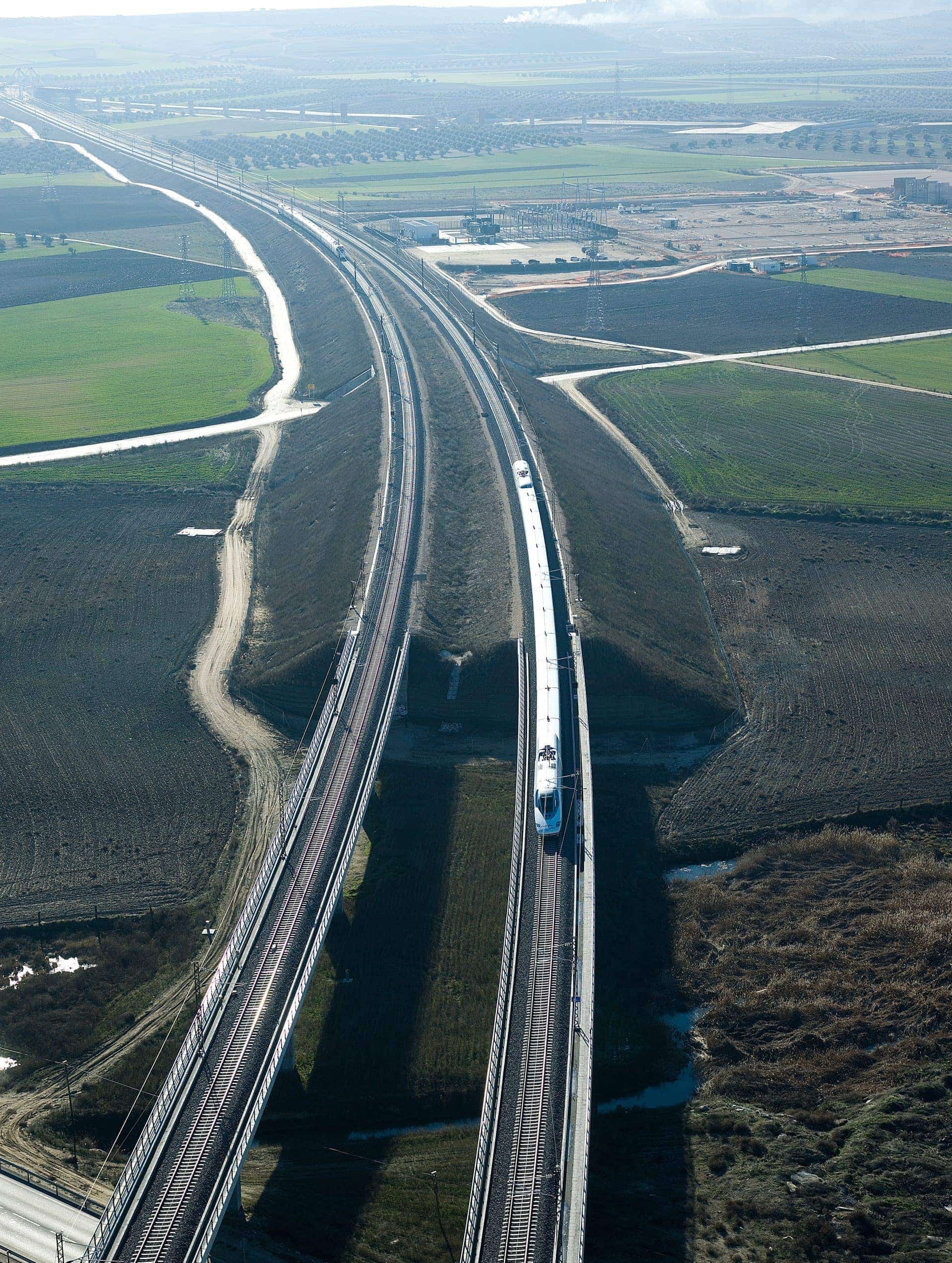
Now more than ever we can state that the tunnels made by Ferrovial are the safest in the world
An innovative team
Every two years Ferrovial organizes the Zuritanken contest which recognizes the best innovation ideas proposed by its employees. In the past two editions, the Railways and Transport Management won first prize, an example of its professionals’ ability to identify points for improvement in the contracts in which they participate.
“We have always encouraged our professionals to put their ideas forward. They are the ones who work on the ground, the ones that can best detect improvements and develop methods for implementing them”, says Fernando López Bueno, Director of Railways and Transport at Ferrovial Agroman.
The team carrying out the works on the new Padornelo Tunnel was the Zuritanken winner in 2016 with the Roboticmeter project. This idea advocated the creation of a comprehensive automated system for measuring the convergences that occur during tunnel excavation, one that would replace the traditional method based on manual measurements. “Our proposal consisted of using an autonomously movable topographic station on a system of rails. This way we could directly digitize the data collected by the station for subsequent analysis, we would reduce costs and improve on-site safety conditions”, explains Marcos Rodríguez, Site Manager of the Padornelo Tunnel.
It is precisely the safety aspect which drives another project for which the new Padornelo Tunnel is the test lab: etunnel-air. This system is intended for guaranteeing air quality during tunnel construction works. Some tasks inherent to traditional excavation methods, such as blasting or the transport of rubble as well as the machinery itself, release toxic gases. Generally such gases are intermittently measured and, depending on the levels recorded, the ventilation systems are operated manually with greater or lesser intensity. Instead, etunnel-air, through sensors and a centralized monitoring station, allows the levels of toxic gases to be measured continually. The power of the fan and its speed adapt automatically to the recorded levels of gases, ensuring the renewal and quality of the air inside the tunnel. “Now more than ever we can state that the tunnels made by Ferrovial are the safest in the world”, emphasizes López Bueno.
The company is committed to developing solutions aimed at eradicating or minimizing accidents in its work centres. Another example is Wearable Warning for Workers, a device that allows the operator to emit an acoustic and light signal to the driver of a machine to warn them of their presence. The driver emits a signal to the operator’s device to inform them that they are aware of it. This idea, the winner of the 2014 Zuritanken edition, was put forward by the team executing the Espiño Tunnel, an infrastructure that is also part of the Madrid-Galicia high-speed line.
These works are a standard in environmental management and sustainability. During the excavation of this infrastructure, nearly 1.2 million cubic metres of material were removed. A good part of this material contains sulphur, which could have led to a considerable increase in soil acidity where it was due to be dumped. To prevent this, Ferrovial Agroman turned to technosols, artificial floors made from organic and inorganic compounds. As the Site Manager of the Espiño Tunnel, Jaime Reig, explains, “we superposed several layers of excavation material and technosols and on the last one we planted vegetation in keeping with the area’s landscape. In this way we controlled, on one hand, the production of leachates that could lead to an increase in soil acidity and, on the other, we reduced the visual impact of the landfill”.
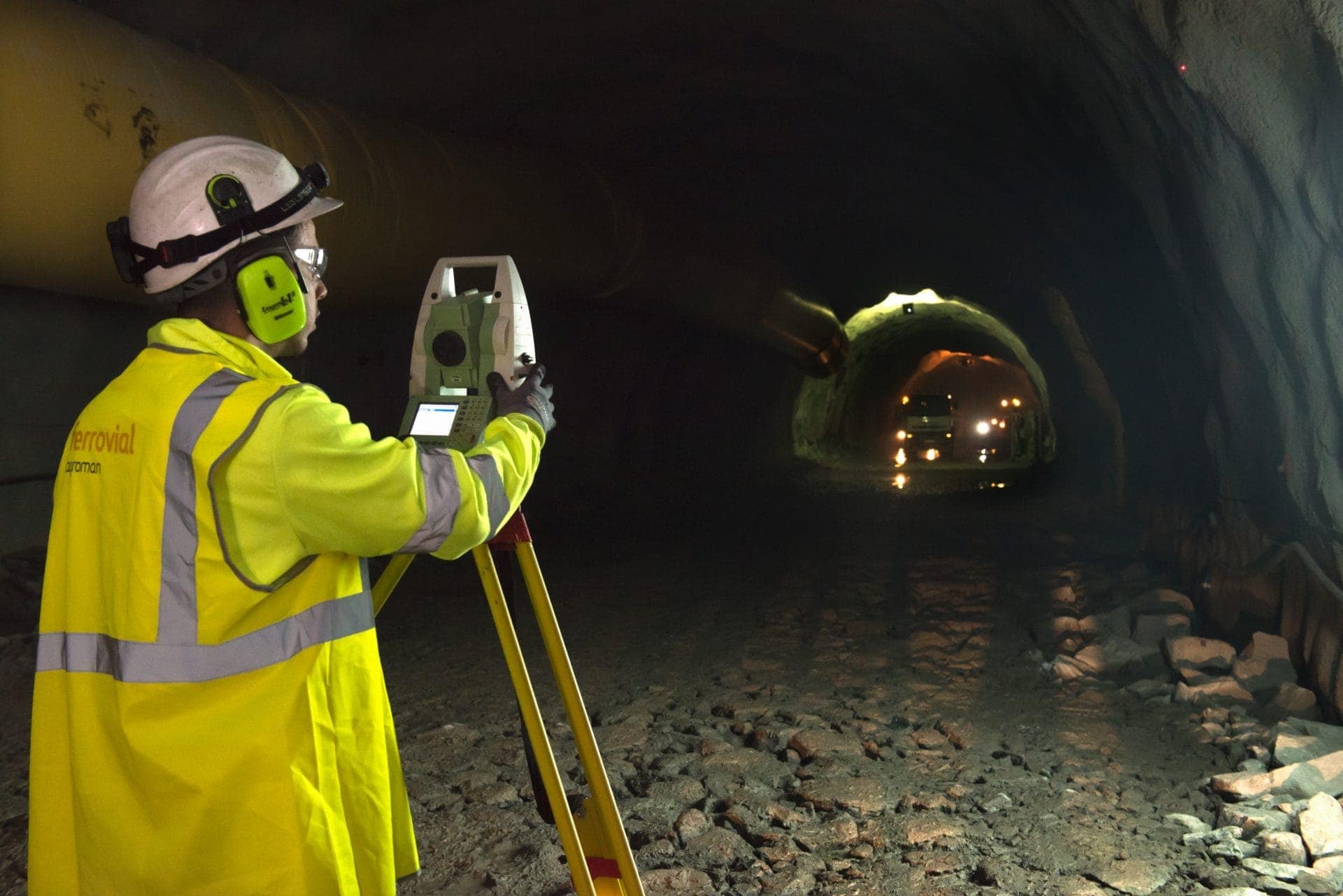
Collaboration
Ferrovial is aware that to maintain its leadership position in the railway industry, it needs to collaborate with other organizations with which to share best practices and undertake innovation projects.
Ferrovial thus chairs The Railway Innovation Hub, a private initiative driven by companies from the industry that seeks to encourage the use of new technologies, share knowledge, generate collaboration projects that meet industry needs, attract international talent, promote entrepreneurship and create specialized services.
Likewise, together with Adif (the Spanish railway infrastructures administrator) and MIT (Massachusetts Institute of Technology), the company is developing the Rail To The Future project, which aims to identify the causes that lead to the premature deterioration of the superstructure’s different components, the ballast or the fixings of the track to the sleepers. It seeks to combine new engineering solutions and predictive analysis techniques that can reduce rail maintenance costs and increase the competitiveness of the high-speed network.
Ferrovial also participates in European projects whose goal is to investigate the possibilities of Big Data and the Internet of Things (IoT) in the industry. One of them is ‘Transforming Transport’, which pursues the technical and economic validation of applying Big Data to defining new business models, processes and services that improve operational efficiency and user experience in the mobility and logistics sectors. Another one is S-CODE, which centres on the design of new track devices that can significantly reduce the cost of maintaining railway lines. Also prominent is the Internet of Radio Light project, which aims to establish an information transmission system based on the use of LED lighting, which would allow the limitations of the internet to be circumvented, such as connection problems in underground tunnels.
The future
Although by definition the future is uncertain and unknown, the course of the Ferrovial Agroman Railways Management in recent years situates the company in an enviable position for facing it.
New construction projects of urban and high-speed lines will emerge in countries with different legislative frameworks, forcing companies to adapt to a variety of regulations, legislation and technical demands. In addition, the execution of new lines will create new opportunities in the rail maintenance business.
Moreover, the rapid technological evolution that the industry is experiencing will require professionals to acquire a high degree of specialization, combined with knowledge in more than one discipline. It will be the era of control and information. The toughest physical jobs will be carried out by remotely controlled standalone robots. Railway bridges and tunnels will be fitted with sensors sending continuous information on their status. The integrity of every asset will be controlled in an automated fashion and trains will take the opportunity of every trip made to inspect the rails and compile information.
Ferrovial will not shirk these challenges. As López Bueno concludes, “we will win the future on the basis of our culture, which is now almost genetic, of our ability to adapt, maintaining everything that has brought us this far: rigour in our actions, the reliability of our decisions and cost control”.
